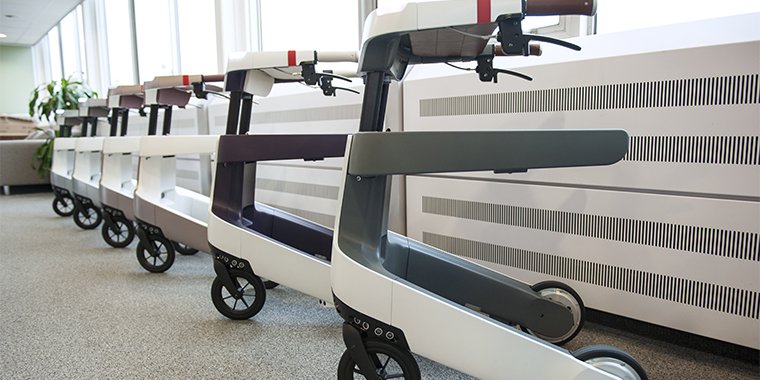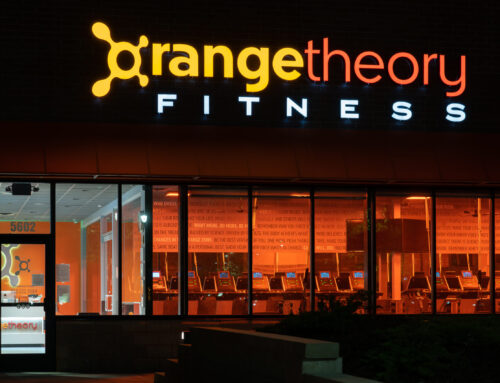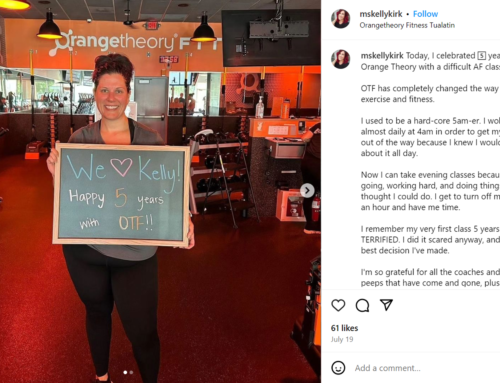Seven years from now, more than 20% of Europeans will be 65 years of age or older. By 2060, one in three citizens will be part of this collective. Beyond the weight that this demographic shift will fall on health systems and the other dark consequences of the continent’s unstoppable ageing, some are looking to the future with optimism.
The golden age of the elderly will also be golden for the healthy and active aging market. Not for nothing, Europeans over 65 were already accumulating a purchasing power of 3 trillion euros in 2015, according to the European Commission’s estimates.
This mix of problems and solutions has seen initiatives such as those that have received the support of the European Union over the past decade, under the Horizon 2020 programme. Here are some of the most promising according to Brussels:
Fate, which also specializes in fall detection, is already on the market under the name Angel4. These devices, generate alerts about the accident and also about the eventual recovery of the individual, who can ask for help by pressing a button on their phone.
Silver has created the walker of the future: LEA. This advanced model offers a wide range of functions that integrate perfectly into a structure to which older people are very accustomed. In addition to being easier to mobilize, it recognizes the terrain and reports the presence of obstacles and incorporates an autonomous navigation system that allows you to approach the user in case of need.
Inca proposes a management system that improves the social health services provided outside the hospital, key in all aspects of chronic disease management. This solution aims to integrate health and social services care to eliminate unnecessary hospitalizations and technological barriers.
inCasa monitors the state of health and environmental factors that can influence it through a multichannel system that incorporates sensors, alerts at different levels and communication services that also include suggestions of daily activity, planning of therapies and coordination between social and health services.
Long Lasting Memories has developed a system that can be installed in homes and day centers and introduces physical and cognitive exercises into an assisted services environment. In addition, it can be combined with another independent lifestyle solution that compensates for the disability of users with cognitive problems or mild dementia during their daily activities.
GrowMeUp is a robot capable of learning the needs and habits of its users and increasing their skills in line with the decline of those of the eldest person. Machine learning and cloud computing enable this system to provide support and encourage user activity and independence.
Sociable has developed an online service that includes cognitive training and social activation activities that help older people stay mentally fit. In addition, it incorporates tools that allow medical specialists to monitor patient progress and design training programs tailored to their needs.
Dem@care seeks to mitigate the impacts of dementia by lengthening the time those affected can live at home, independently and helping caregivers provide customized and remote solutions. It is an ecosystem of wearables and sensors in situ that record the sleep, use of facilities, behavior profiles and lifestyle of the individual.
Farseeing has built the world’s largest fall database. This repository has allowed to process psychological and behavioral data related to falls, as well as daily activity and physiological factors. The study has made it possible to manufacture wearables specialized in the detection of these incidents, which can also be completed with other solutions for evaluation and rehabilitation of motor functions.
Mario focuses on countering loneliness, isolation and dementia. The result of this project is Kompa Robot, a personal assistant that detects falls, monitors health, offers different entertainment options, supports video calls and even helps to get up to users who have difficulty doing so.




